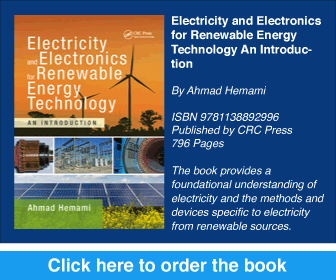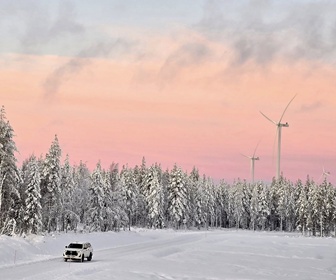Wood Mackenzie’s Energy Transition Outlook 2025–2026 projects that rising power demand and increasing geopolitical tension have made global net zero emissions by 2050 unattainable. The firm’s analysis indicates that the world is currently on track for 2.6°C of global warming. The study, titled Energy Evolution in the Age of Superintelligence, models four pathways for the energy and natural resources sector: a base case at 2.6°C, a pledges scenario at 2°C, a net zero 2050 pathway at 1.5°C, and a delayed transition at 3.1°C.
According to the report, limiting temperature rise to 2°C would require annual investment of around US$4.3 trillion between 2025 and 2060, with energy sector spending increasing from 2.5% of global GDP today to 3.35% within the next decade.
The analysis shows that no major G7 country is on track to meet 2030 emissions goals. While increased investment could still limit warming to 2°C by achieving net zero around 2060, current trajectories suggest emissions will peak in 2028 and then decline by only 2% annually.
Wind and solar power are expected to account for 60% of global electricity generation by 2050, up from 20% today. Solar generation is forecast to double by 2030, surpassing gas in 2033 and coal in 2034. Battery storage and nuclear energy are set to provide grid flexibility as renewable generation expands.
Oil demand is now projected to peak in 2032 rather than 2030, due to slower electric vehicle uptake in the USA and Europe and continued petrochemical demand. Meanwhile, global gas demand is forecast to rise, supported by the growing use of artificial intelligence (AI), which is also driving higher electricity consumption.
The report identifies a shift in climate leadership, with China emerging as a key driver of clean technology development through growth in electric vehicles and renewables, while the USA increases fossil fuel exports. Europe continues to pursue the most ambitious decarbonisation agenda, linking clean technologies to energy security and competitiveness.
By 2040, China, Europe and the USA are expected to account for 70% of global transition capital expenditure. To reach net zero, annual spending would need to rise by 29% in China, 36% in Europe, and 76% in the USA.
Wood Mackenzie highlights that the availability of critical minerals such as lithium, nickel, cobalt, copper and rare earth elements will shape the pace and cost of the transition. Supply chains remain highly concentrated, with China dominating refining capacity.
Electricity demand is expected to rise from one-fifth of total energy use today to over half by 2050, while variable renewables will reach a practical ceiling of about 68% due to grid and storage limitations. Fossil fuels, particularly gas, are expected to remain essential for system stability.
The report concludes that the global energy system is entering a more complex and interconnected phase. Growth in electrification, renewables, and digital technologies such as AI is reshaping energy markets, requiring stronger coordination between power, gas, and industrial sectors to maintain progress toward decarbonisation.










